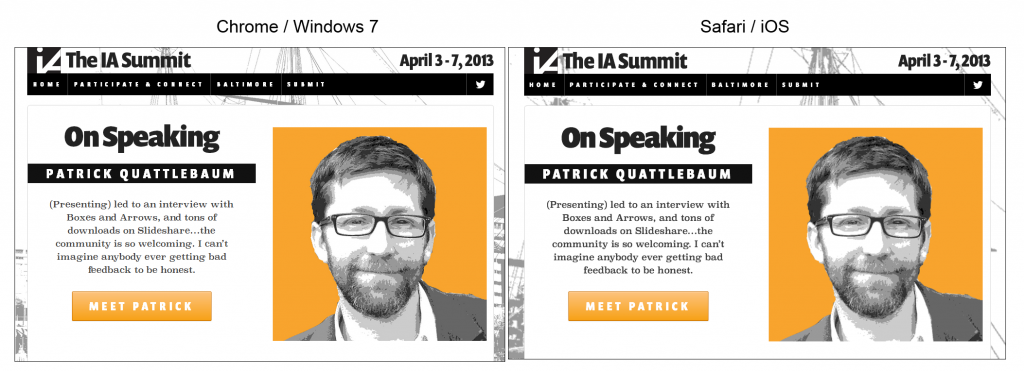I just tried accessing a ebook for the course I’m teaching, and the experience was less than satisfying. We have access to the book through two platforms, ebrary and books 24×7, and the UI on both left a lot to be desired.
(To be clear, the variety of ebook that I’m referring to here is where the book is accessed through a web site, and not downloaded to a reader. Many (most?) of the ebooks we have available through the Library fit into this category.)
ebrary’s web UI makes it very difficult to size and manipulate the actual page. There was a link to download something called the ebrary reader which I’m assuming provides a better UI, but its a Java app (Java? Really?) so that’s not going to happen.
Books 24×7 requires a password over an above our network IP authentication which is a real PITA if you are a first time user. Thankfully, I already had an account and my browser remembered my auth info, so one click and I was in. Books 24×7 doesn’t display the actual page, but sets the image and text all in the same basic HTML. This would be fine if the quality was inline with Instapaper, etc, but it isn’t. And of course I can’t read the content using Instapaper, so reading is painful. Possible, but painful.
In both cases, you could say that technically the information from the book was available online. But to call it an ebook is misleading, as the experience of actually interacting the information is to poor, so much less that using a book.
And I’m not talking about “this doesn’t feel or smell like a book” sentiment. There are aspects to reading a book, to reading a printed page, that people have adapted to the web. Printed or online, the information should easy to navigate, easy to read, and these two platforms are neither.
As librarians, we should expect and demand more.
p.s. Don’t even get me started about trying to link to a chapter or page in the book. Impossibilium!


